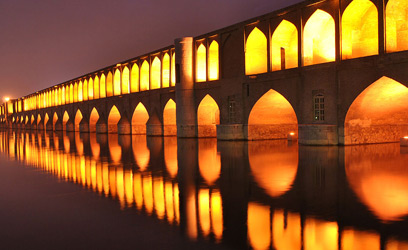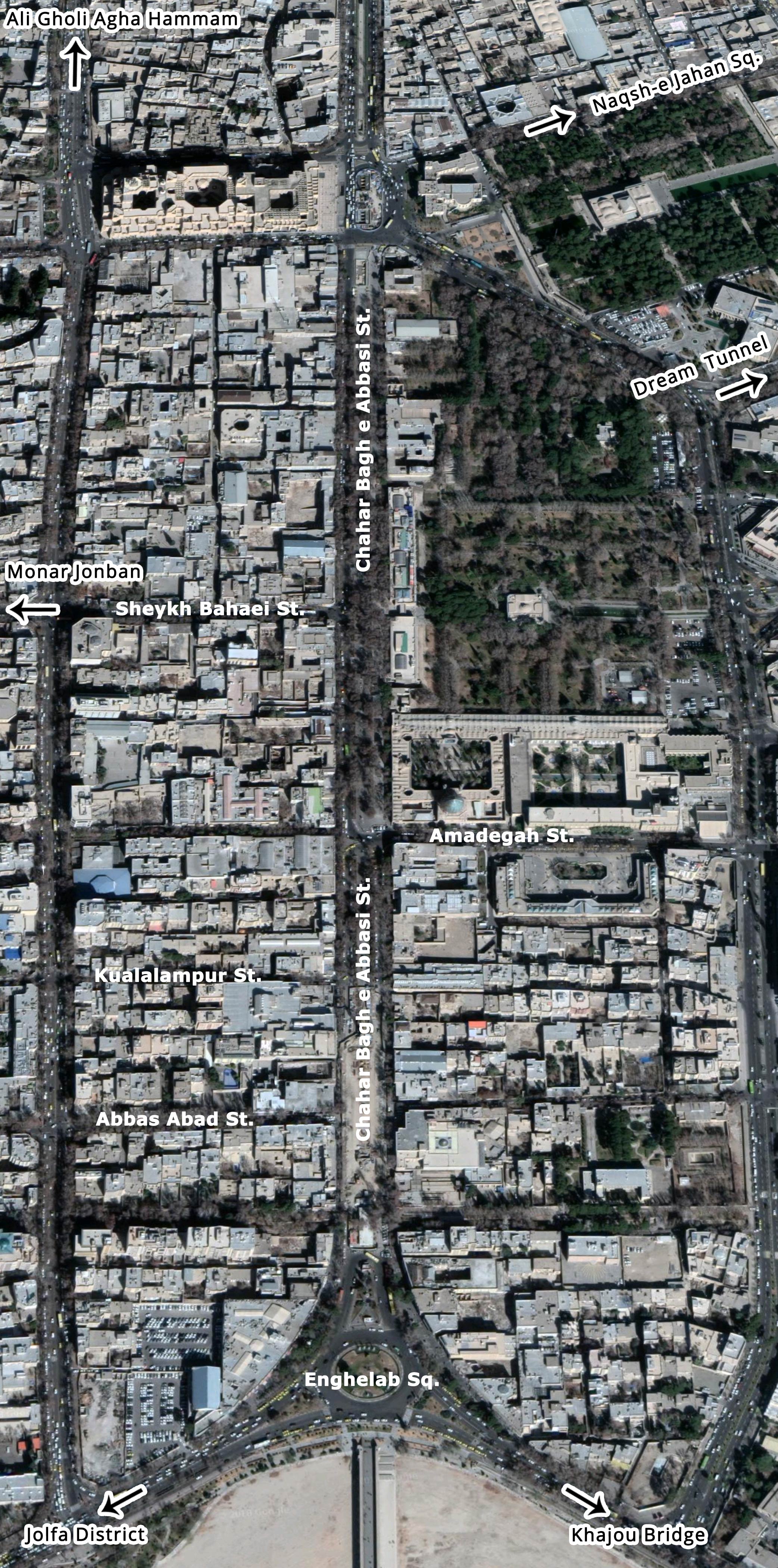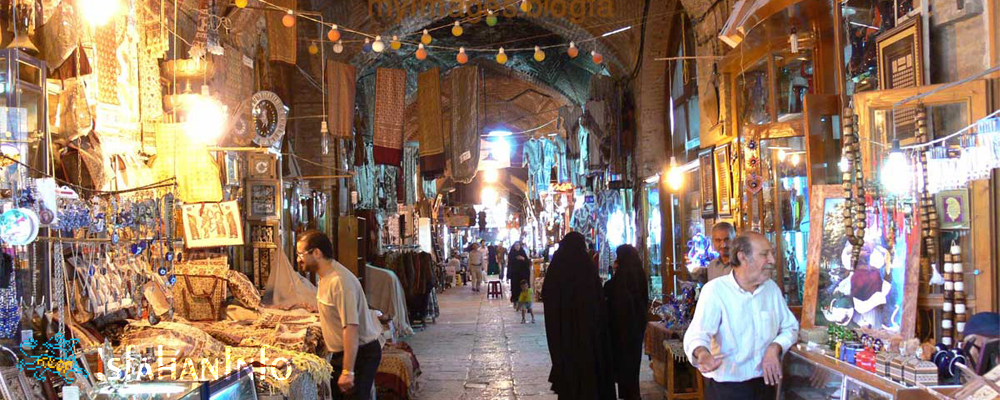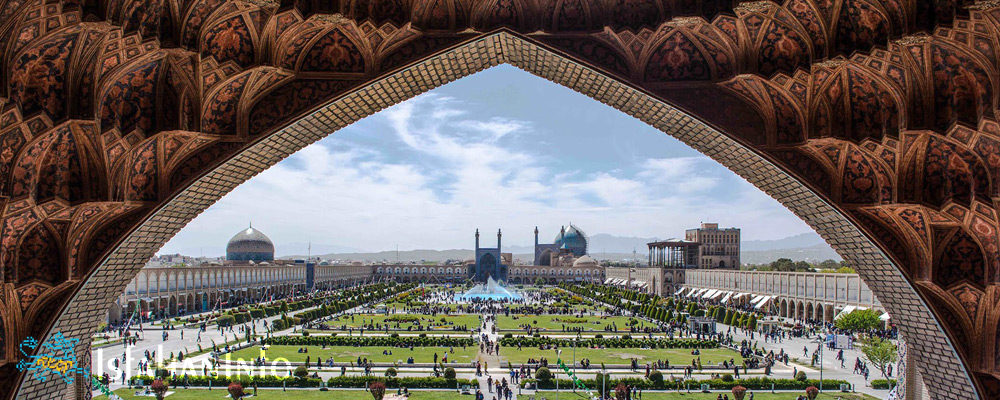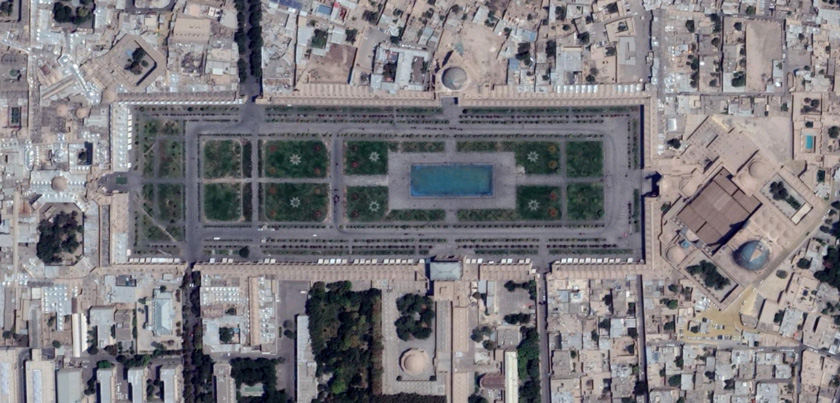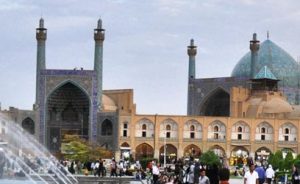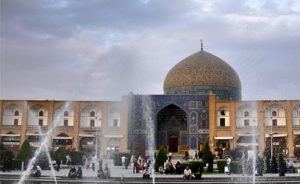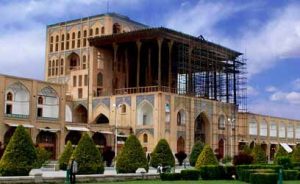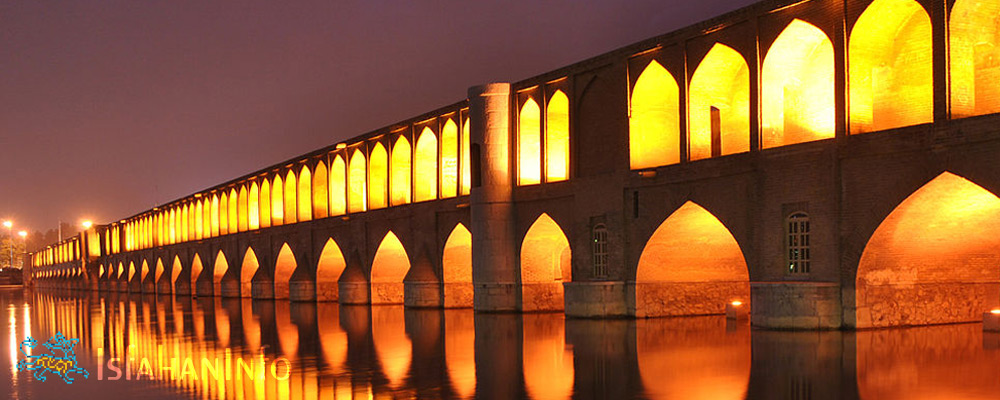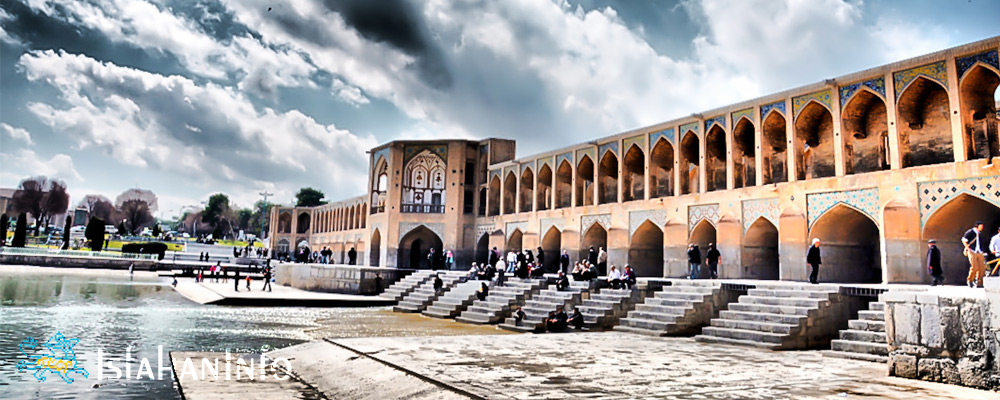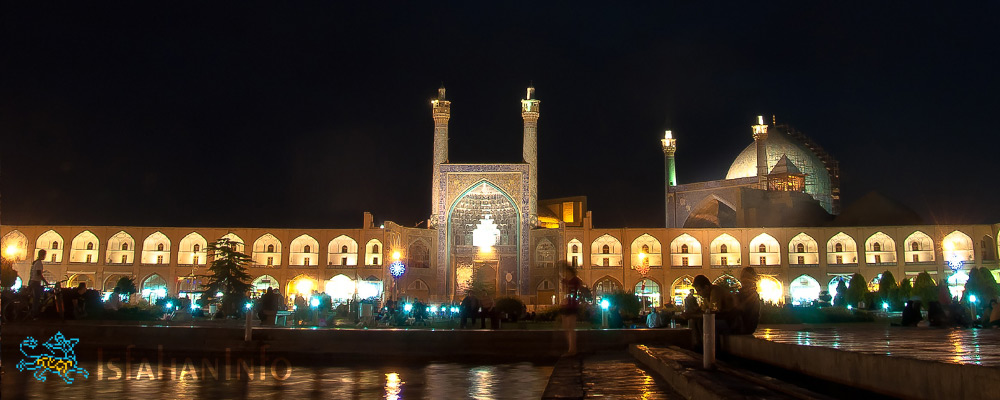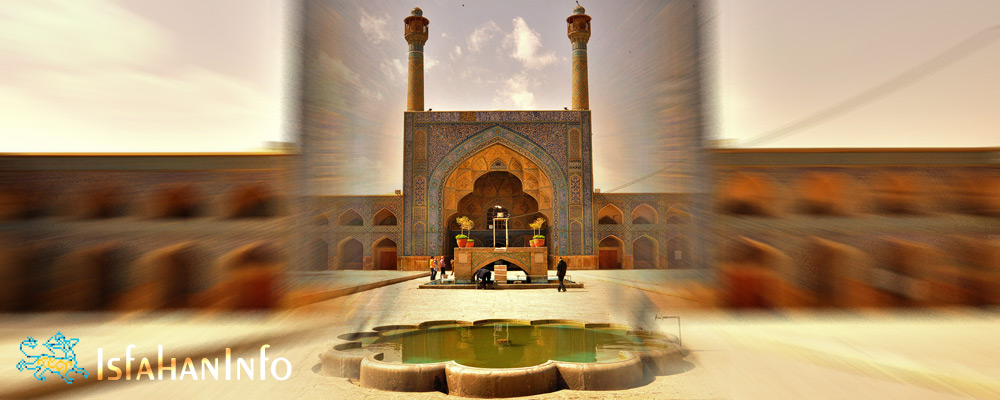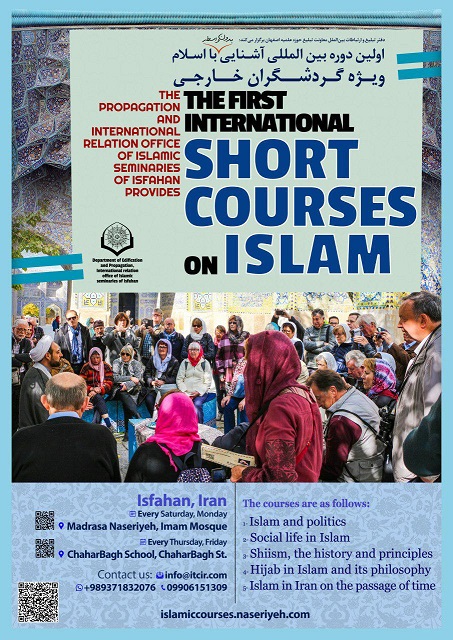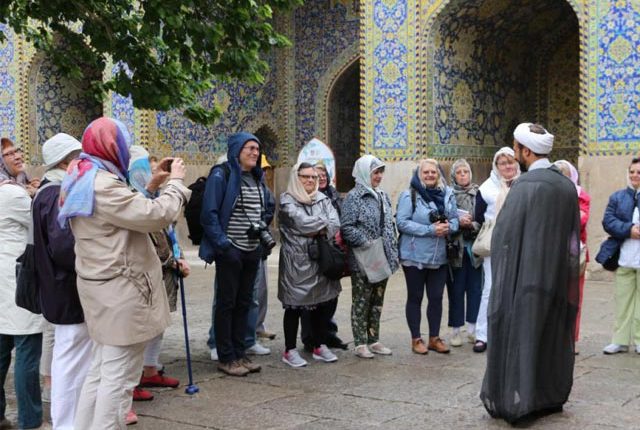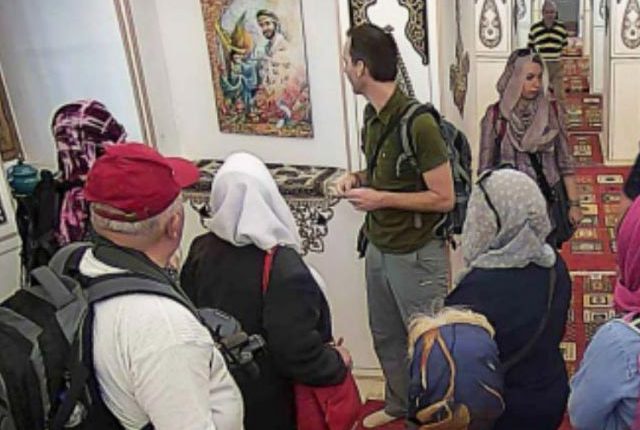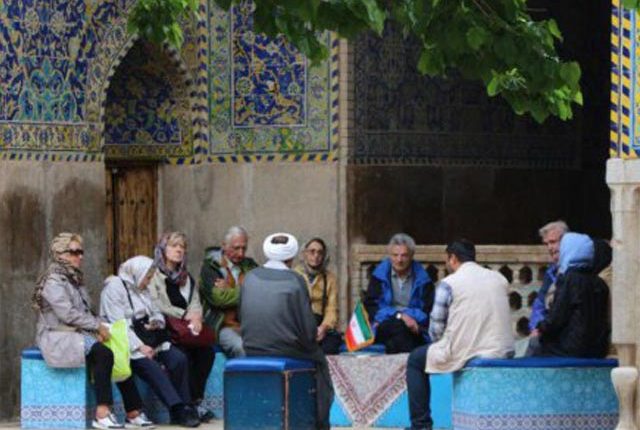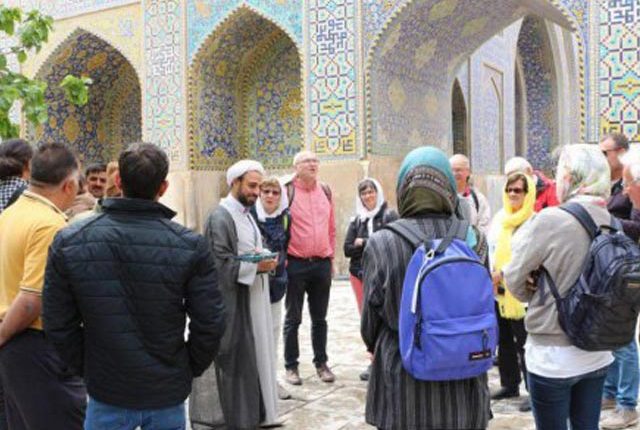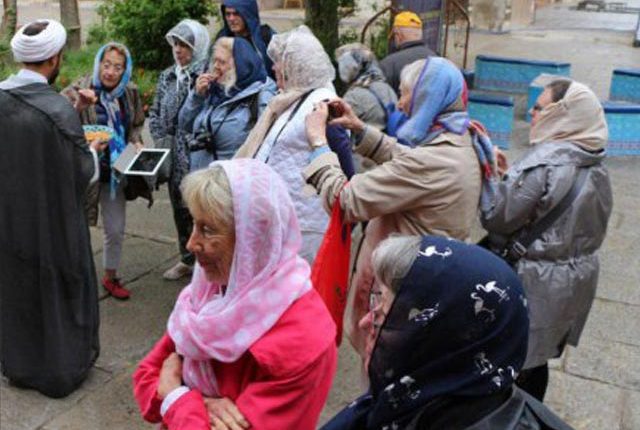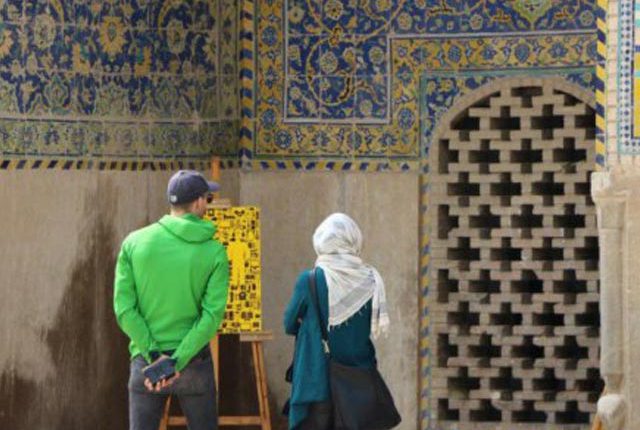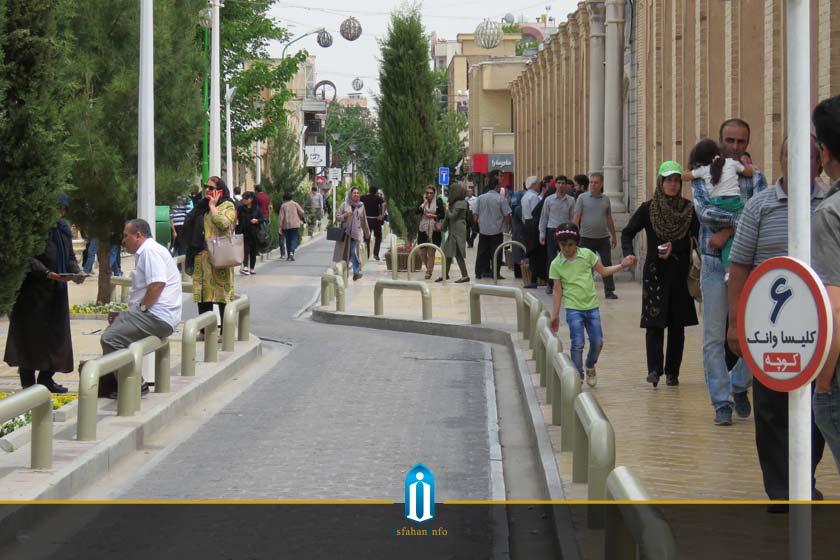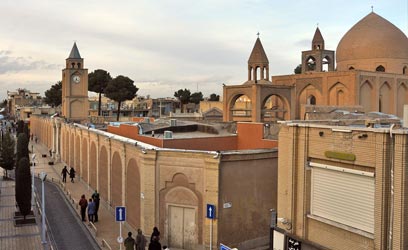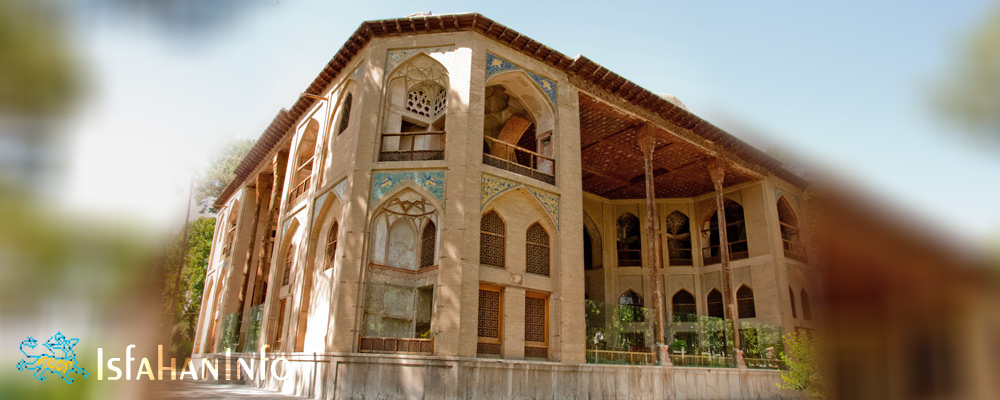Chahar Bagh Abbasi Street
Sio-Se-Pol Bridge which is the longest historical bridge in Isfahan was built to connect the southern part of a street named Chahar Bagh to its eastern part.
Chahar Bagh Street is located on the south side of Sio-Se-Pol Bridge. It was once one of the most splendid streets in the world. It is 5km long and 47m wide.
Today, this street is a paved walking street with old leafy trees planted along the street which creates an extraordinary view.
Madar-i-Shah, a complex placed on this street, consisting of a Caravanserai, a Bazaar and a School. The Caravanserai and The Bazaar were dedicated to the school and school expenses were provided in this way. The school of Chahar Bagh was built in Iranian Islamic architecture, which was built under orders of Shah Sultan Hossein Safavi. It is a two-story school in a way that the lower chamber rooms were devoted to religion lessons and the upper ones for mathematics, medicine and astronomy lessons. Today, this school is in the hands of the Islamic seminary.
Next to Chahar Bagh Street is Shahid Rajaee Park; Seating in the middle of the park, is Hasht Behesht Palace which was built during Shah Suleiman Safavid time. The palace beautiful gilded mosaics and mirror works will catch any tourist’s eyes.
Isfahan Municipality
Isfahan, a self-sufficient metropolitan city in every field. An encyclopedia of Iranian and Islamic arts and architecture. A great collection of historic monuments.
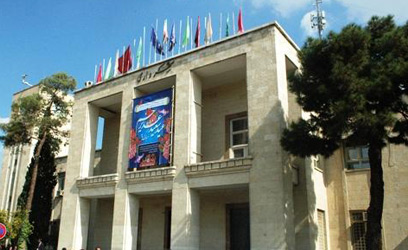
Chehel Sotun Palace
Chehel Sotun is a pavilion in the middle of classic Persian garden. Built by Shah Abbas II to be used for his entertainment and receptions
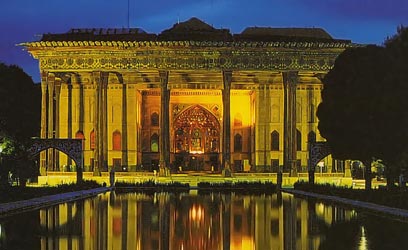
Hasht Behesht Palace
The small Hasht Behesht Palace is the most luxuriously decorated palace in Isfahan.
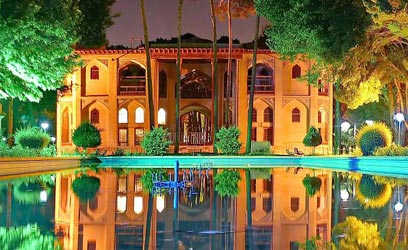
Bazar-e Honar
One of the oldest bazaar in Isfahan with a dazzling array of exquisite jewellery. Closed to Abbasi Hotel and Chahar Bagh School.
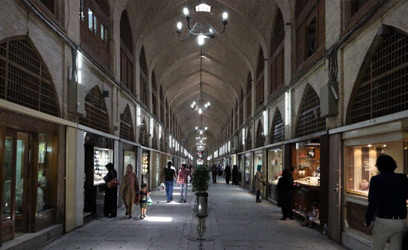
Chahar Bagh School
A theological and clerical school to train those who were interested in such sciences with the collection of the most beautiful tiles in Isfahan.
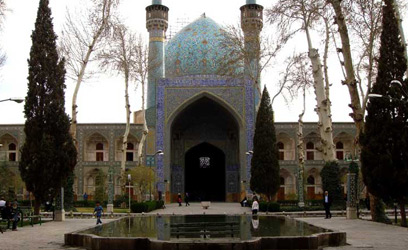
Abbasi Hotel
The oldest hotel and an unrepeatable heritage in Isfahan architectural style.

Farshadi Stream
The oldest stream (Madi) in Isfahan.

Shahrzad Restaurent
One of the best traditional restaurant with traditional foods.
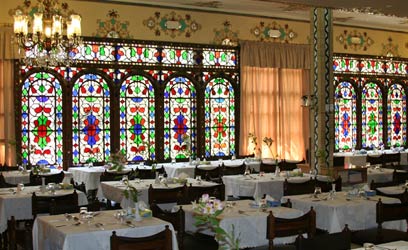
Madi Niasarm
The longest Madi (stream) in Isfahan.
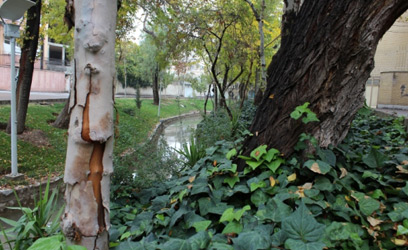
Si-o-She Pol Bridge
The longest bridge on Zayandeh River with more than 400 years old.
